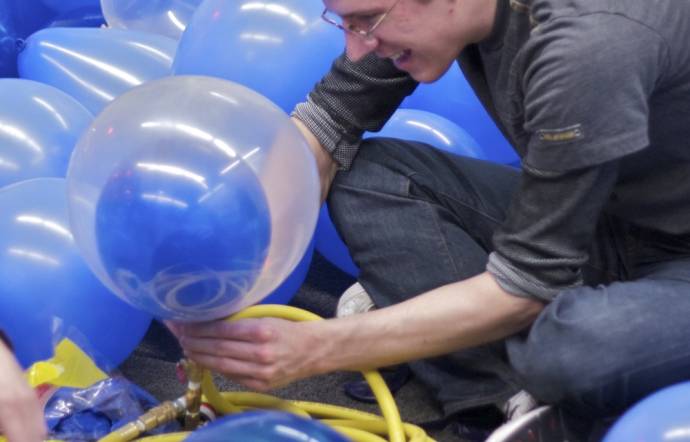Prices of services rose by 2.8% and prices of goods increased by 1.6%. Non-durable goods were dearer by 3.1%, while prices of durable and semi-durable goods went down by 1.9% and 0.6%, respectively.
Prices of food, which rose 3.6% at the yearly level, contributed 0.6 points to inflation. Meat was dearer by 7.3%, fruit prices went up by 6.2%, and milk, cheese and eggs were 2% dearer.
Higher prices of fuels and energy also added 0.6 points to yearly inflation in May. Prices of solid fuels went up 9.4%, and those of heating energy by 9%. Prices of liquid fuels were up 12.9%, with diesel costlier by 10.3% and petrol by 5.1%.
On the other hand, the annual inflation rate was pushed down 0.2 points by 4.3% lower prices of cars.
In May over April, consumer prices rose by 1.2%. Fruit prices, which soared by 28.8%, added 0.4 points to monthly inflation. Holiday packages and petroleum products each added further 0.2 points to inflation.
Holiday packages were 8.1% dearer, and prices of liquid fuels went up by 2.9%. Diesel prices rose by 3.5% and petrol prices by 3% in May.
Prices of clothing (+1.1%), footwear(+3.1%), accommodation services (+3.1%) and other price increases each pushed inflation up by another 0.1 points.
There were no major factors that would push monthly inflation down.
Measured with the harmonised index of consumer prices, an EU gauge, annual inflation stood at 2.2% and monthly at 1%.
In a separate report the STA also noted that, fuelled by growth in domestic expenditure, Slovenia's economy expanded by 4.6% in the first quarter of the year compared to the same quarter a year ago. Adjusted for season and working days, GDP increased by 5% year-on-year, expanding by 0.6% over the previous quarter.
Releasing fresh figures on Thursday, the Statistics Office noted the robust growth in domestic expenditure. This grew at an annual rate of 5.3%, the same pace as in the first quarter of 2017 and the fastest rate since 2008.
The most prominent increase was in gross capital formation, which expanded at an annual rate of 14.7%, half a percentage point faster than in the same period a year ago. This time an increase in inventories contributed as much as 1.3 percentage points to GDP growth.
Gross fixed capital formation went up by 9.1%, similar to the growth rates seen thorough 2017. Construction investment expanded by 12.6%, thanks to 15.6% growth in investment in non-residential buildings.
Gross fixed capital formation in machinery and equipment increased by 7.5%; similar growth was observed in gross fixed capital formation in transport equipment (by 7.3%) and in gross fixed capital formation in other machinery and equipment (by 7.7%).
The final consumption expenditure increased by 2.6%. Of this household consumption expenditure increased by 3.4%, a slowdown of 0.3 percentage points compared to the first quarter a year ago.
The external trade balance had a negative contribution to GDP growth (-0.2 points) as the growth in imports, at 8.7%, outpaced the growth in exports, at 7.4%.
As expected, the first quarter of the year thus saw a slow-down in economic activity after a 6% year-on-year real growth in GDP in the final quarter of 2017.
The seasonally adjusted growth in GDP, which is a measure used by Eurostat, rose at a quarterly rate of 1.9% and an annual rate of 6% in the final quarter of 2017, according to updated statistics.
Still, economic activity remains strong, which is also reflected in employment figures; in the first quarter of this year the number of employees rose by 3% year-on-year to 997,941. Most new jobs opened in manufacturing, construction, transport and trade.






